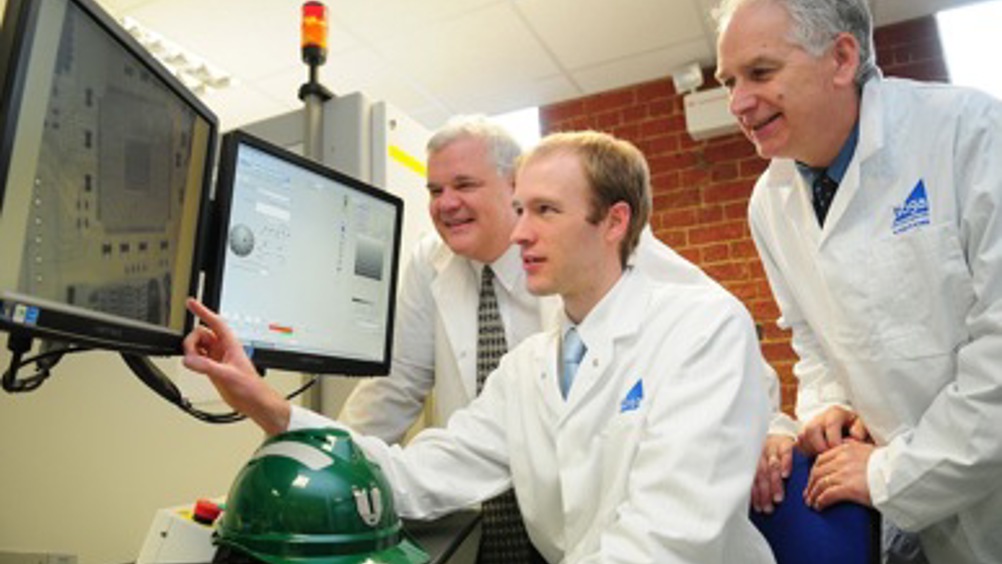Small sensor device could increase safety of miners
The safety of miners could be increased with a penny-sized device that is being developed in the East Midlands.

Nottingham University and Derby-based Tioga have developed a sensor that can be integrated into a miner’s helmets to enable people above ground to monitor their heart rate and respiration.
Recent incidents — such as the Gelision Colliery accident in Wales last year that saw four miners killed — have demonstrated the need to be able to assess the health and location of miners trapped underground. Although some mines now use radio-frequency identification (RFID) systems, many still employ the tally system, using tokens to check whether miners have returned from their shift.
Warwick Adams, Tioga’s managing director, told The Engineer that the technology they have developed is similar to the finger clips used in hospitals to measure a patient’s heart rate, which study how light interacts with blood at the fingertips.
‘This is a similar kind of thing, but rather than light going through and out of your skin we reflect it so the light goes in and then we watch it bounce off,’ said Adams.
Register now to continue reading
Thanks for visiting The Engineer. You’ve now reached your monthly limit of news stories. Register for free to unlock unlimited access to all of our news coverage, as well as premium content including opinion, in-depth features and special reports.
Benefits of registering
-
In-depth insights and coverage of key emerging trends
-
Unrestricted access to special reports throughout the year
-
Daily technology news delivered straight to your inbox










Water Sector Talent Exodus Could Cripple The Sector
Maybe if things are essential for the running of a country and we want to pay a fair price we should be running these utilities on a not for profit...